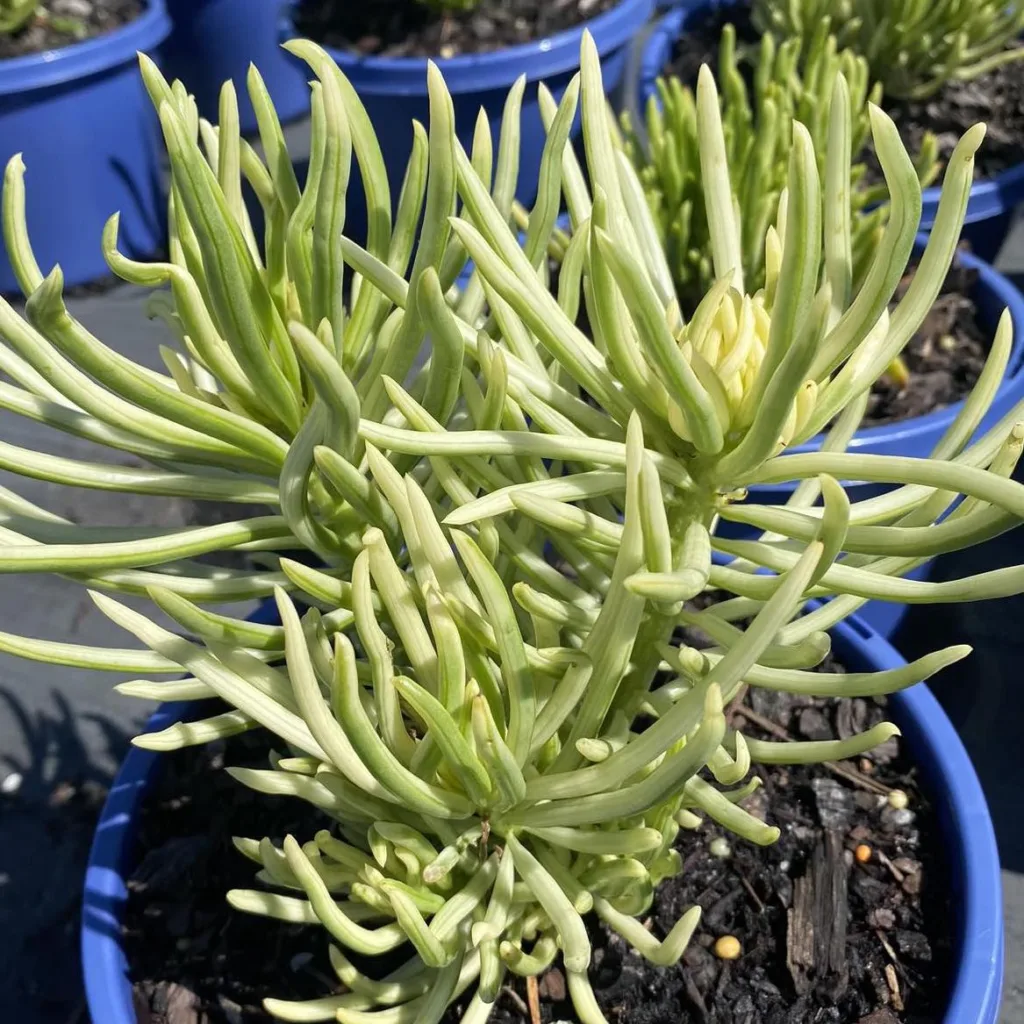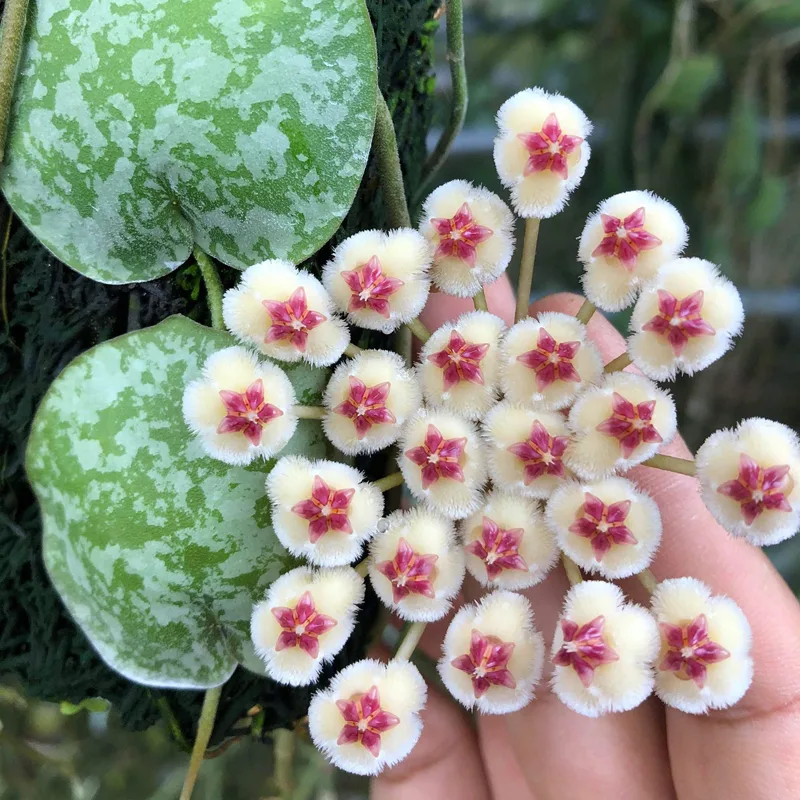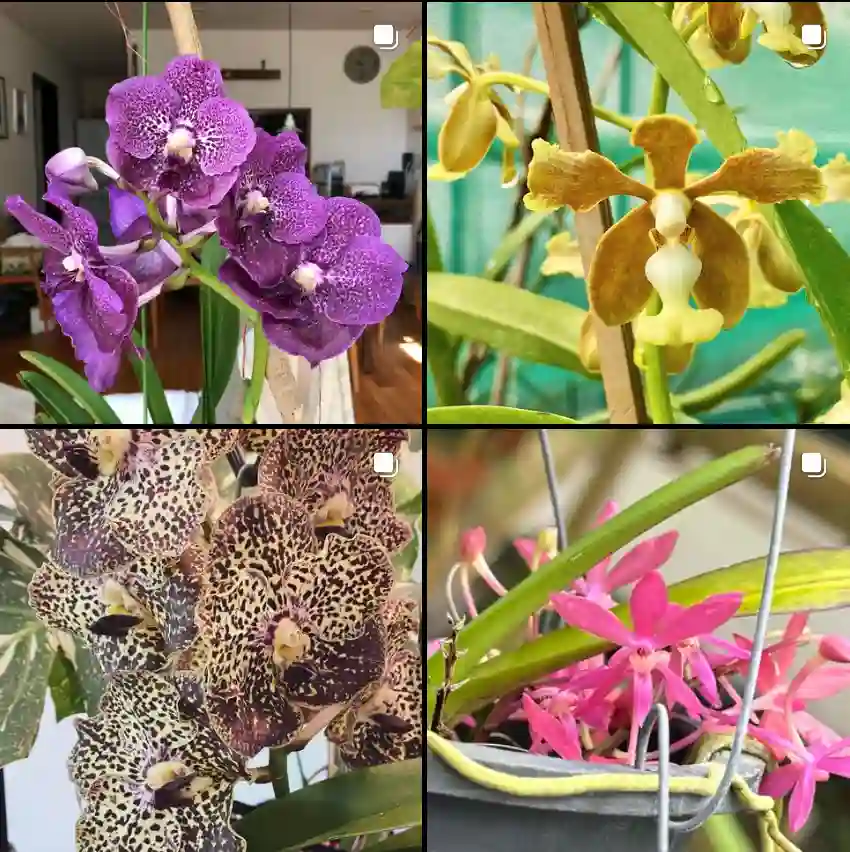Conopholis Americana: Unveiling the Secrets of the American Cancer-Root
Hey there, plant enthusiasts! Ferb Vu here, and today we’re diving deep into the fascinating world of Conopholis Americana, also known as the American Cancer-Root. This unique plant isn’t your average garden variety. It leads a rather unorthodox life, one that might surprise you.
What is Conopholis Americana?
Conopholis Americana is a fully parasitic plant. That means it steals nutrients and water from another plant, in this case, specifically the roots of oak trees (Quercus spp.). Unlike most plants that use photosynthesis to create energy, Conopholis Americana lacks chlorophyll, the pigment responsible for that green color and the magic of sunlight-powered food production.
The plant spends most of its life underground, stealthily attaching itself to oak roots with specialized structures called haustoria. These haustoria act like tiny straws, siphoning off essential resources from the unsuspecting oak.
Once Conopholis Americana reaches maturity, around four years after germination, it emerges from the soil. This is when the real show begins. The plant puts on a display with its strange, cone-shaped inflorescence (flower cluster). Imagine a scaly, golden brown cone rising from the earth – that’s Conopholis Americana in all its glory.
Where Does Conopholis Americana Live?
Conopholis Americana prefers the cool, shady comfort of oak forests. It thrives in areas with well-drained soil, often nestled amongst the decaying leaves and woody debris that blanket the forest floor. This secretive plant has a limited range, primarily found in the eastern half of North America, from southern Canada down to the Gulf Coast and west to the Mississippi River.
Is Conopholis Americana Harmful to Oak Trees?
The relationship between Conopholis Americana and its oak host is a complex one. While it’s true that Conopholis Americana steals resources, healthy oak trees can usually tolerate a moderate level of parasitism. However, if a tree is already stressed by disease, drought, or other factors, Conopholis Americana could tip the scales and contribute to its decline.
Here’s the interesting part: despite its ominous common name (“cancer-root”), there’s no evidence that Conopholis Americana plays any role in causing cancer in either plants or animals. The name likely arose from the plant’s parasitic nature and the fleshy, scale-like appearance of its flower cluster.
Conopholis Americana vs. Mistletoe: Parasites with Style
Conopholis Americana isn’t the only plant that takes a shortcut to survival by stealing from others. Another well-known parasitic plant is mistletoe. Both Conopholis Americana and mistletoe are obligate parasites, meaning they absolutely rely on their host for survival. However, there are some key differences between these two botanical bandits.
- Target: Conopholis Americana specifically targets the roots of oak trees, while mistletoe has a broader range of hosts, including various deciduous trees and shrubs.
- Lifestyle: Conopholis Americana spends most of its life hidden underground, while mistletoe grows visibly on the branches of its host.
- Appearance: Conopholis Americana has a unique, cone-shaped flower cluster, while mistletoe is known for its clusters of white berries.
Conservation Status of Conopholis Americana
Conopholis Americana faces some threats to its existence. Habitat loss due to deforestation and fragmentation of oak forests is a major concern. Additionally, changes in forest management practices, such as the removal of dead wood and leaf litter, can disrupt the delicate balance of the forest ecosystem, impacting Conopholis Americana’s ability to thrive.
In some areas, Conopholis Americana is listed as threatened or of special concern. Conservation efforts focus on protecting existing oak forests and promoting sustainable forestry practices that maintain healthy forest ecosystems.
Intrigued by Conopholis Americana?
If you’re ever exploring an oak forest, keep your eyes peeled for the tell-tale sign of Conopholis Americana – that unusual, cone-shaped flower cluster poking out of the forest floor. This unique plant is a reminder of the fascinating diversity and complex relationships found within the natural world.
If i die, water my plants!



